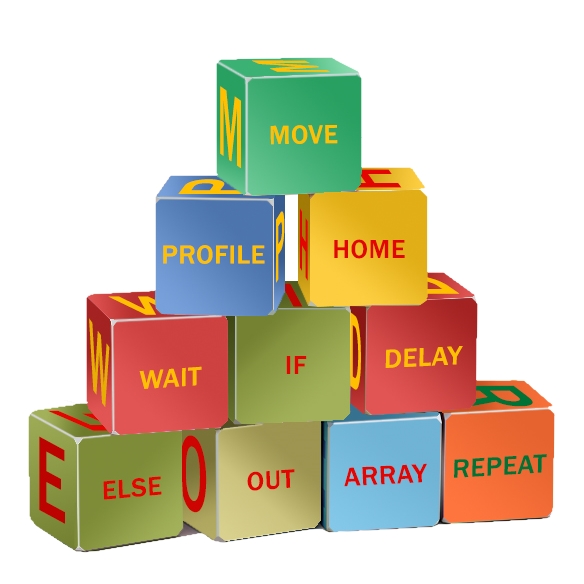XY Table
XY Table
An XY table generally includes two positioners of linear design, which come with base plates and a large top. They also include plates for motor mounting, lead screws and couplings. Their main purpose in industry and science is indexing and scanning. Two elements make up an XY stage and they include a platen and a forcer. The forcer normally slides above the platen on frictionless air bearings as it continuously moves transversely on the platen in linear motion. The occurrence of this action is due to the modules of linear motoring, which typically occur between 2 and 3 depending on the currents. Among the XY tables, variations do occur and this is inclusive of the drive mechanism and the ways. The ways are used for determining the load capacity, stiffness and the accuracy of a straight like. The purpose of the drive mechanism is to determine the speed and the smoothness. There are other factors that also apply to an XY table including: repeatability, required resolution and accuracy. The application also requires an appropriate motor and whether there is need for an encoder or not is a factor too as seen.
Mounting an XY table is more often than not done horizontally and is applied in various applications, which include milling, table swaying and jet cutting. Though this may be dependent on the specifications of XY tables, they may also be applied in the assembly of microelectronics, factory automation and laser machinery. The travel range used for XY tables is normally 25mm up to 1.5 meters. Other high performance applications where an XY table may be utilized include industrial robots, vision systems, photonics and fibre optics, assembly, machine tools, laser machining, medical components, semiconductor equipment as well as other applications in industrial automation.
A low precision and cost XY table can be possibly built for a project in installation with a goal of allowing web users to have an ability of drawing shapes in sand boxes. What it would require is an XY table that is simple and easily controlled from an application of web. The Hobby Servo to web connection is highly recommended since it has worked well with other installations. It is a desired approach since using motors like screw drives of acme and steppers are slower than required despite their precision.
The Hobby Servo is a desired approach due to the complete position control and the reduction in the general costs. To get linear motion ranging two to three feet out of a Hobby Servo is quite a challenge. Though actuators of servo linear are available, there is a preference in lower costs, lower power and a longer reach, which is currently offered. An arrangement to build basic SCARA types with servos, lazy susans and counter weights would work fine though the workspace would be limited and due to the approach of hobby servo with the polar, one would get an uneven resolution. Though this is not a major problem, a similar precision on the whole workspace would be yielded due to the approach indicated here.









